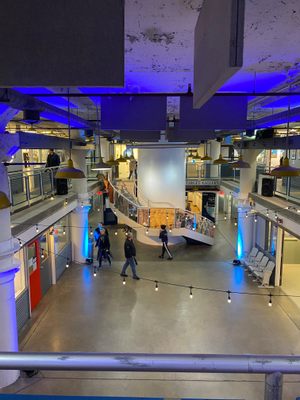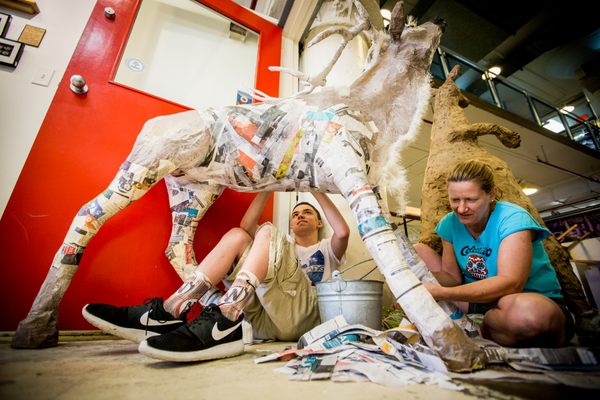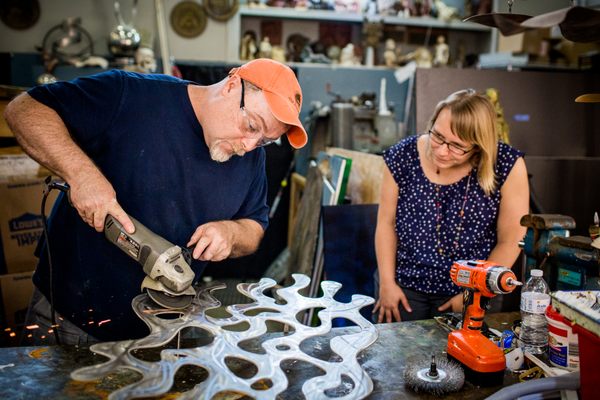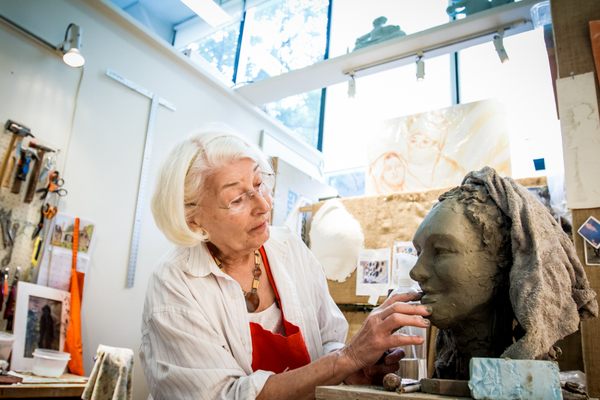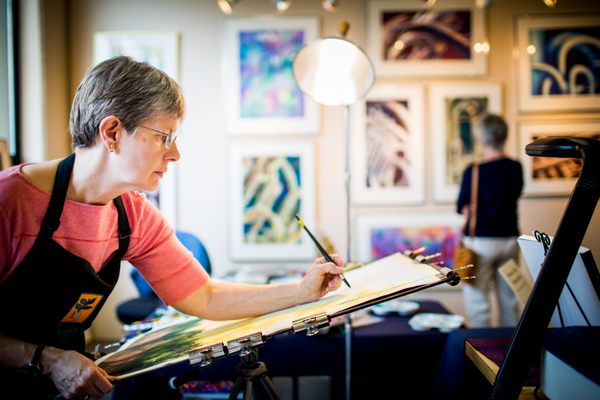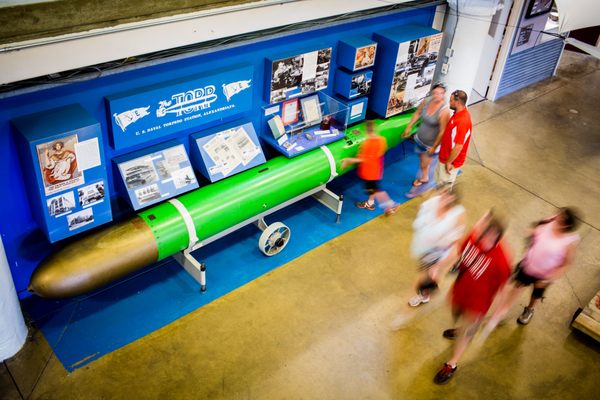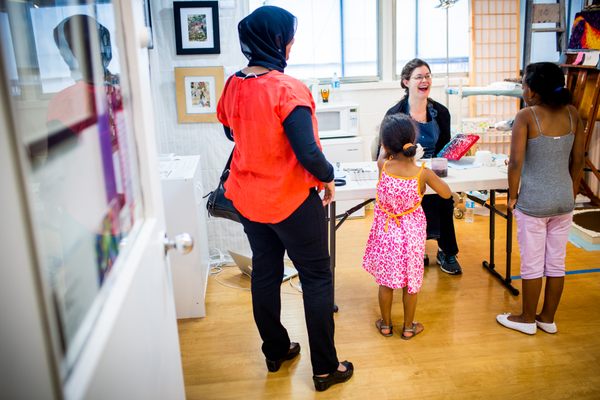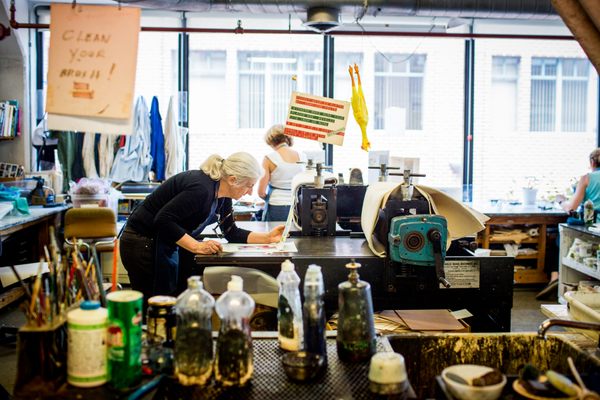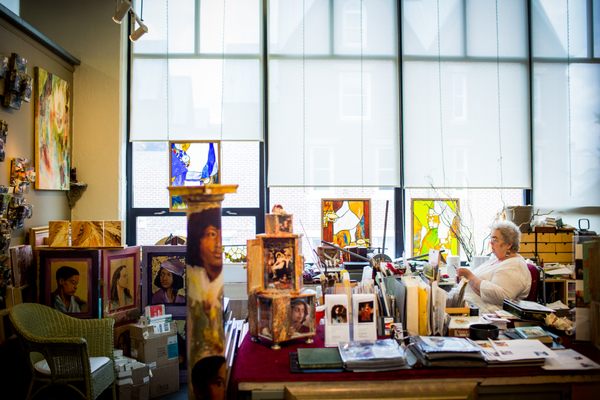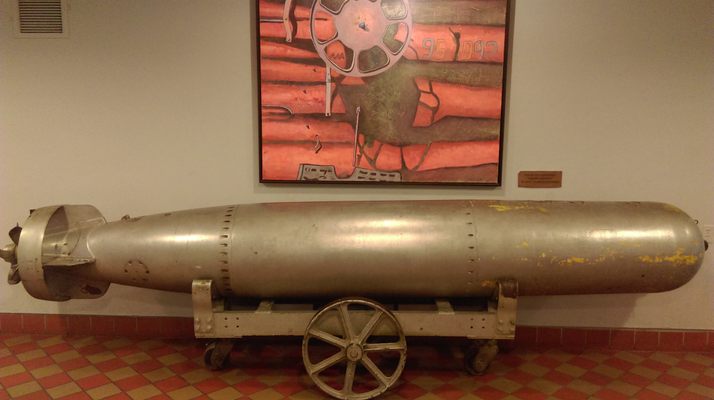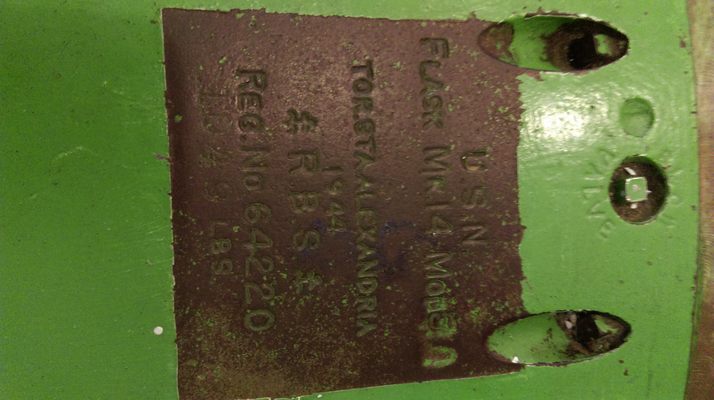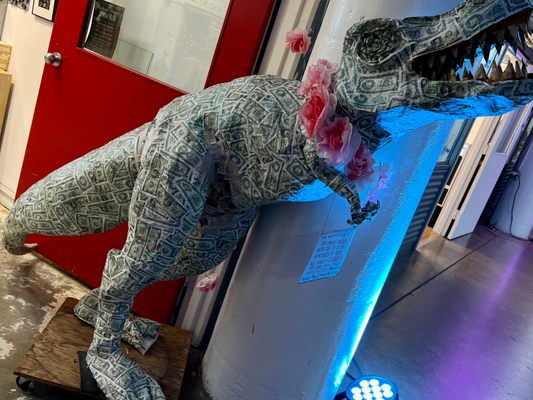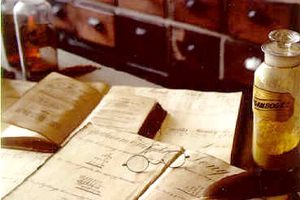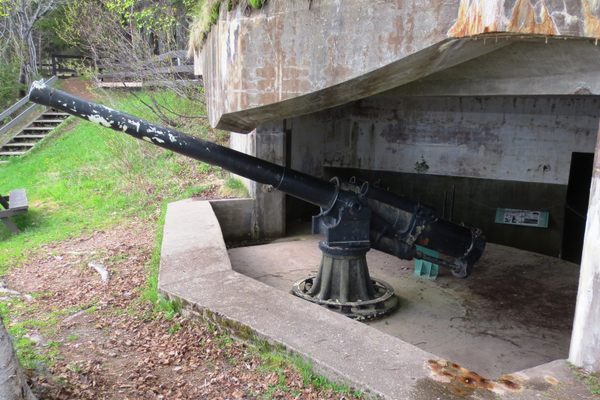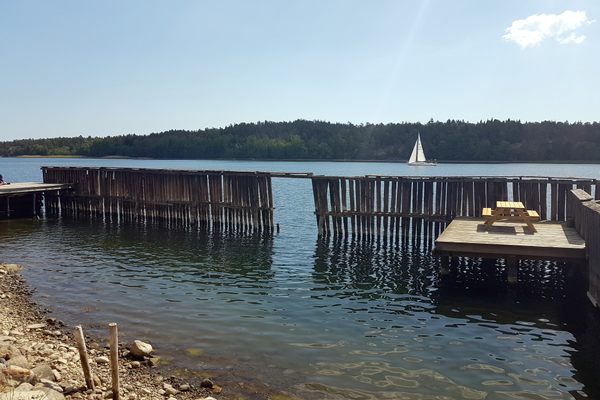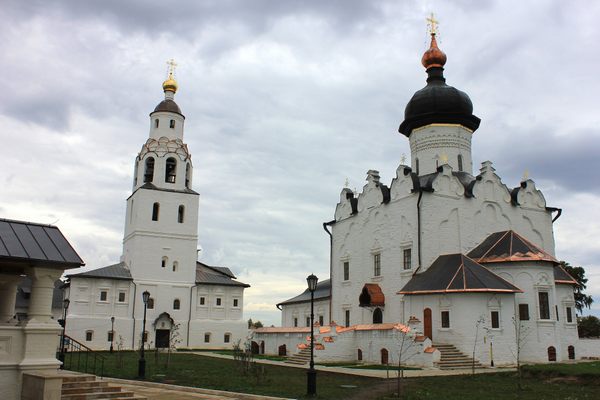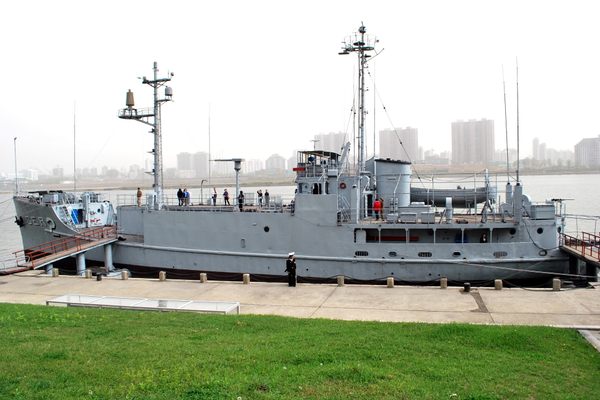About
Located in the historic Old Town of Alexandria, Virginia, the Torpedo Factory Art Center has gone from World War munitions producer to working-artists' studio complex in less than a century.
Construction on the munitions factory began the day after Armistice Day marked the end of World War I, November 12, 1918. When the first torpedoes came off the production line in 1920, this Virginia weapons plant was the main provider of American torpedoes until the end of the war when production slowed down. Before the complex could go under, World War II began in earnest and the plant was back in business, producing Mark III and Mark IV torpedoes for aircraft and submarines. So many armaments were being produced that nine other buildings were eventually added to the complex to meet the demand. After World War II hostilities died down, the plant production followed suit. As need for constant weapon production stopped, most of the space was given over to government storage, housing everything from sealed German war films to the Smithsonian's surplus dinosaur bones. By the late 1960s, the Department of the Navy knew it would no longer make torpedoes in Alexandria. It sold the complex to the City of Alexandria in 1969. Many suggestions as to the site's potential use were entertained. Most of the complex was demolished over time, but the main building, which now houses the Torpedo Factory Art Center, was deemed too difficult to demolish because the walls, which were designed to contain a torpedo explosion, could not be torn down without damaging the historic neighborhood.
In 1974, Marian Van Landingham, as president of The Art League, proposed to renovate derelict plant into artist studios for the Alexandria Bicentennial. They were pioneers in creative placemaking. What was supposed to be a three-year experiment turned into a cultural landmark for the region.
Like many converted art spaces, the Torpedo Factory Art Center had humble beginnings with artists working in near freezing or melting conditions just to keep their donated studio space alive. Today, it's home to the nation's largest number of publicly accessible working artists' studios under one roof. There are more than 160 juried artists in 82 studios, seven galleries and two workshops. Visitors are encouraged to watch and interact with artists work in painting, photography, sculpture, printmaking, glass, ceramics, jewelry, fiber, among other media. Much of the work is also available for purchase, too. Target Gallery, which is the Torpedo Factory's own exhibition space, features a rotating schedule of exhibitions featuring work by national and international artists. The Post-MFA Residency Studio provides free space to four recent graduates to allow them an opportunity to build a network and define their practice outside of an academic context. Underrepresented voices from the region are featured in the New Project Studio. This factory once meant for destruction is now solely devoted to creation.
Related Tags
Know Before You Go
Artists make their own hours, so if you're looking to see someone specifically, it's best to call ahead to confirm their availability. Mondays are the quietest days, both for visitors and artists, with more activity later in the week. Take Metrorail to King Street or VRE/Amtrak to Alexandria. From there, take the free King Street Trolley to the end of the line. There is limited free street parking and paid garage parking available nearby. Also, the Potomac River Taxi is located directly outside of the riverfront entrance. Bike rentals are available nearby, too.
Community Contributors
Added By
Published
December 16, 2013







